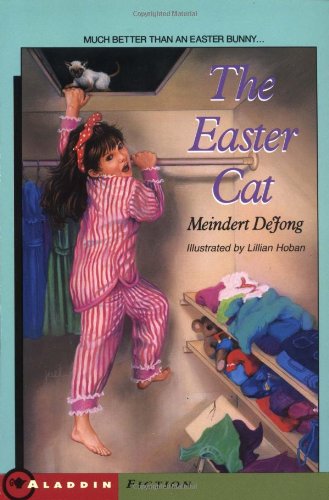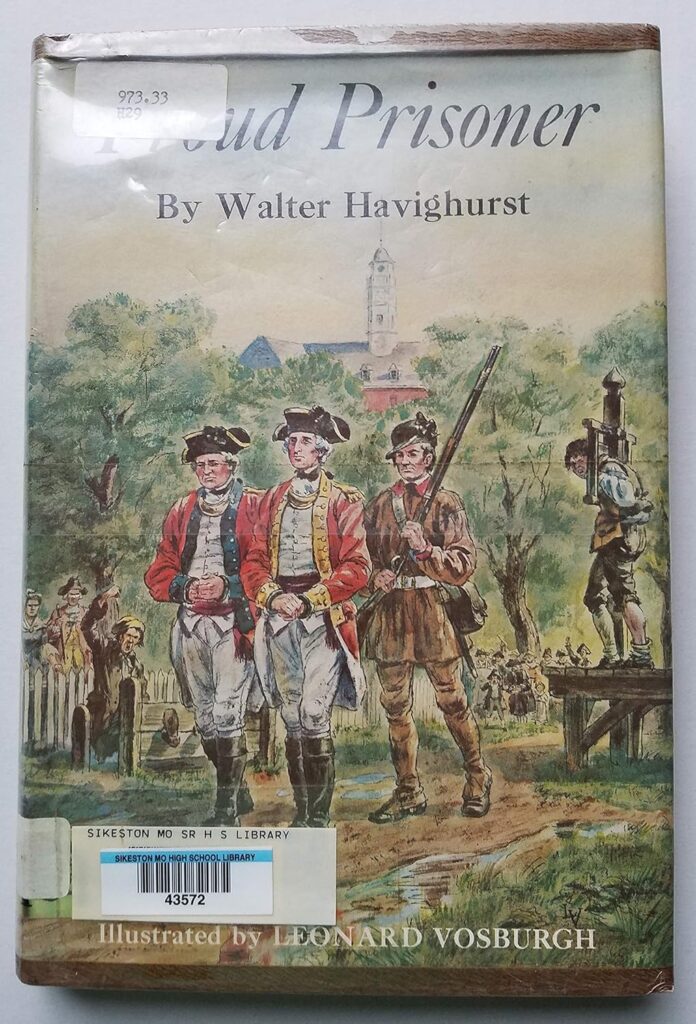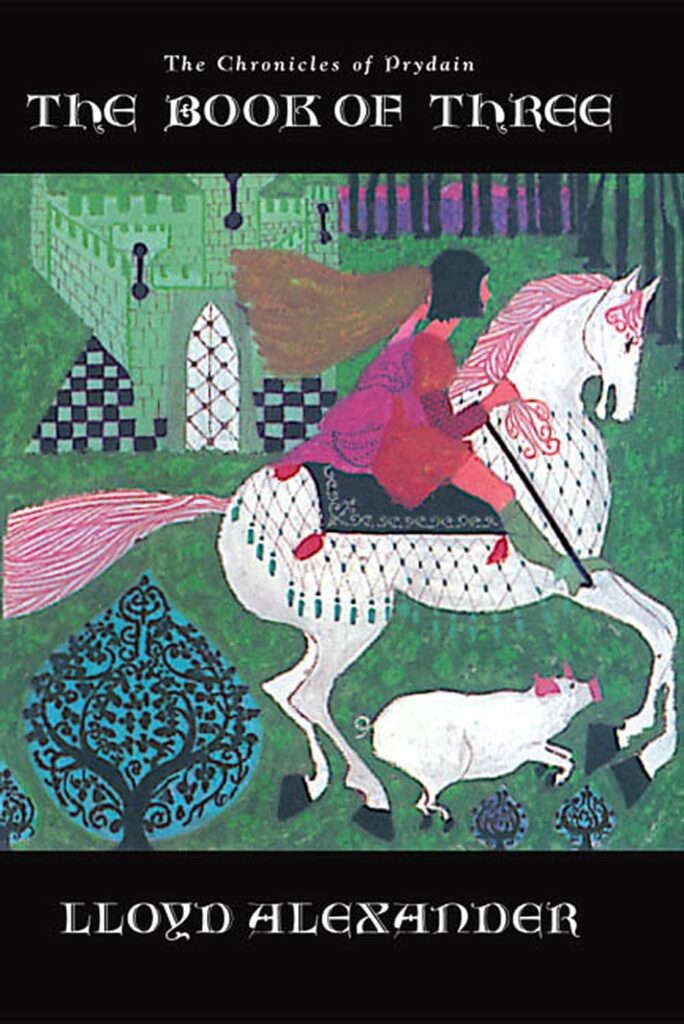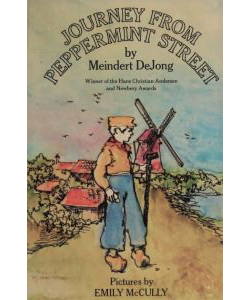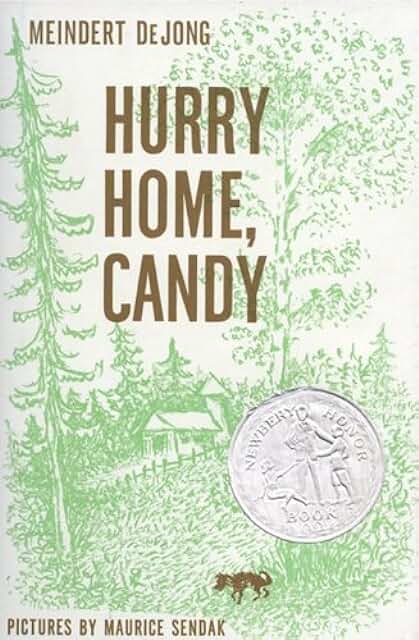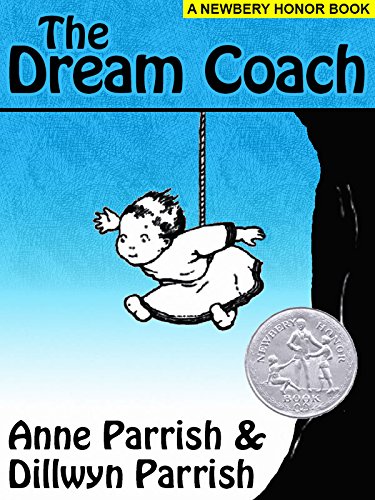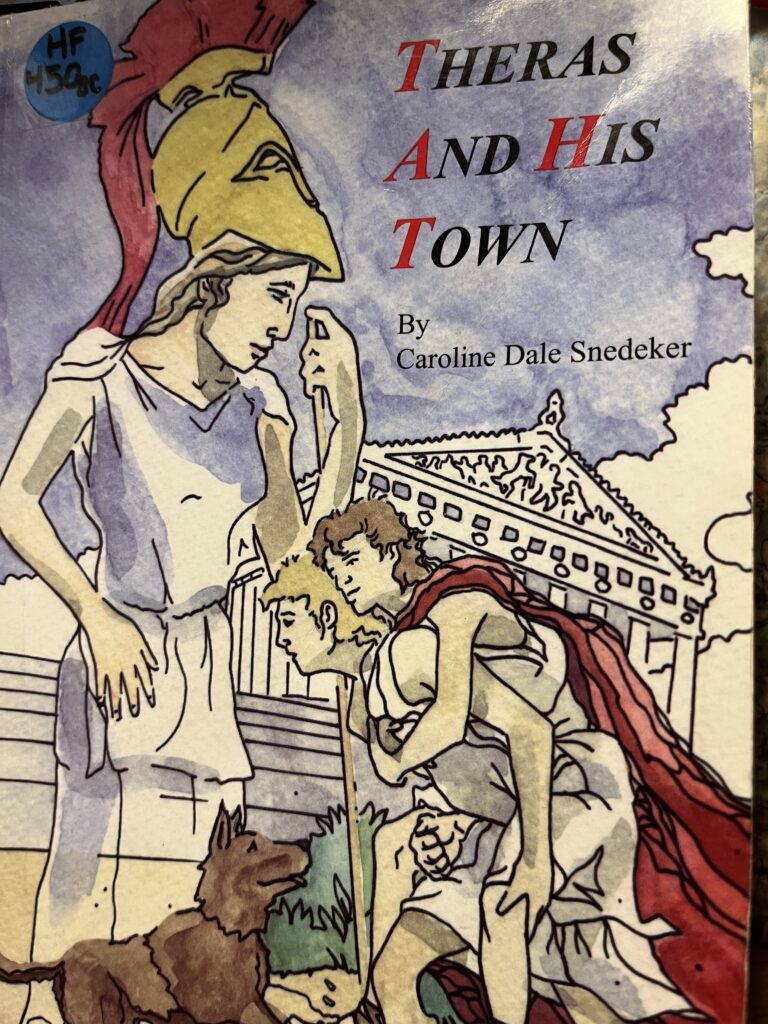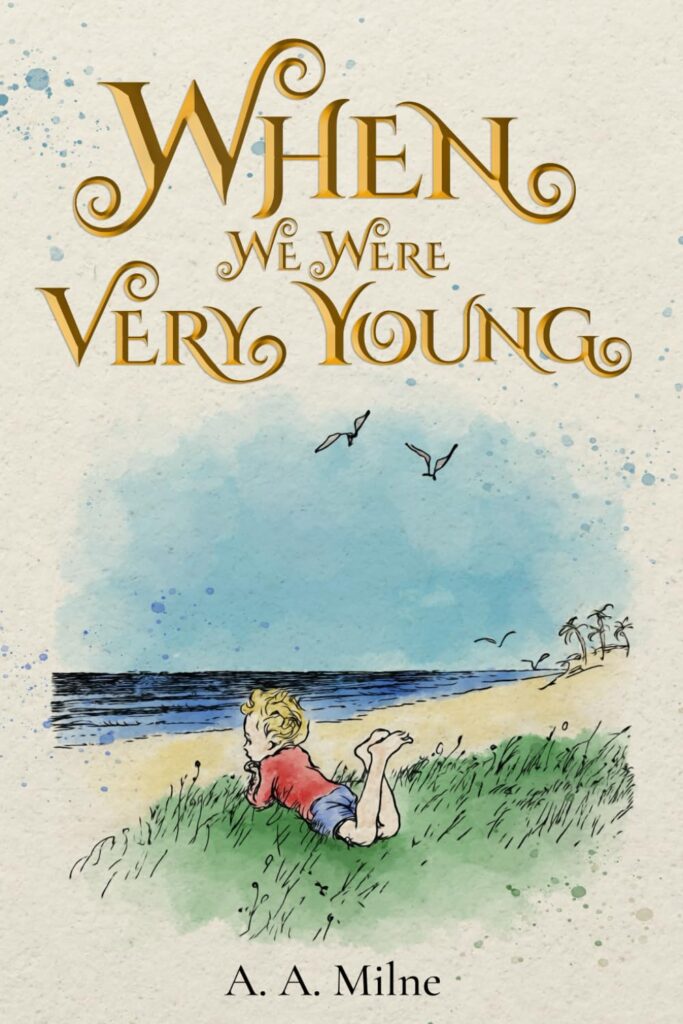Mr. DeJong is fast becoming one of my favorite children’s authors of all time. His books are usually animal stories, often child-centered, with quite a lot of insight into the way a child thinks and acts. The books were written, set, and published in the 1950’s and 60’s, and the children in the stories are therefore much more free to roam, to play, to wonder, and yes, to get into trouble. These children that DeJong portrays are imperfect; they sometimes tell lies or disobey parents and other authorities. They wonder about things that they dare not ask adults. They make unwise decisions.
But these children are real, believable, and I daresay lovable. They don’t have special powers with which they can save the world. They don’t engage in community action in order to save the trees or the community center or whatever is threatened by the Big, Bad Developers. Millicent in The Easter Cat is just a little girl who wants a pet cat. However, her mother’s allergy to cats makes that wish impossible to fulfill. So Millicent plays with the stray cats in the alley, even feeds them, even though her mother has forbidden it.
Then, early on Easter Sunday morning, Millicent finds a cat, inside her house, next to her Easter basket. Could it be that mother has gotten over her allergy? Could this beautiful blue Siamese cat be the gift that Millicent has always longed for? And if he’s not an Easter surprise, can she somehow keep him anyway?
If you want the children in your books to be superheroes or obedient little automatons, The Easter Cat isn’t the book for you. Millicent certainly isn’t a bad child, but she is cat-obsessed. Her deep desire to love and care for a cat of her own can be identified with by many children, and any fellow cat lover will enjoy this story. The tale also includes a secret hide-out, a favorite story element of mine. So I recommend it to readers of Easter stories and animal stories and secret hiding place stories and family stories of all kinds.
Oh, it’s also short, a little over 100 pages. For those who like it short and sweet.
